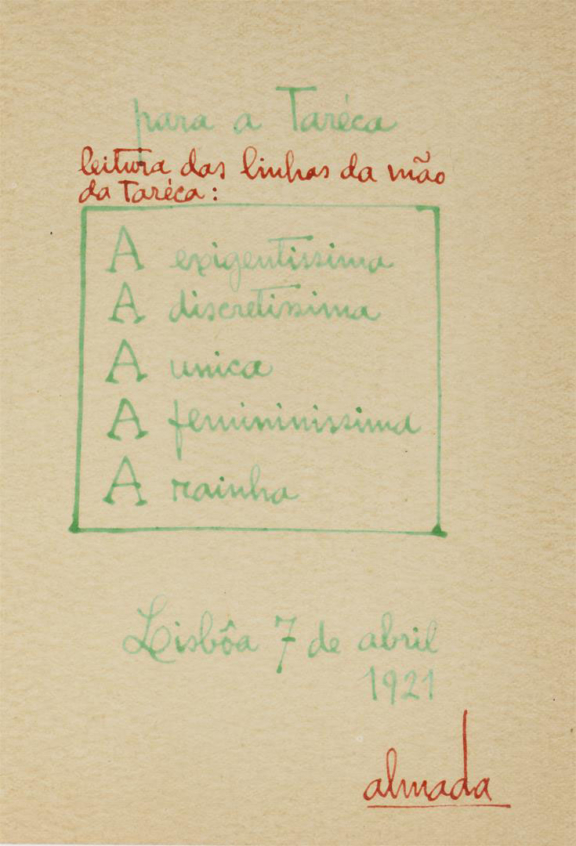
José de Almada Negreiros
Untitled – Dedicated to Tareca – Excerpts from the text “A Invenção do Dia Claro”
Cidade da Trindade, São Tomé e Príncipe, 1893 – Lisbon, Portugal, 1970
Searching, among the European avant-garde movements, a course for his artistic and literary individuality, worthy of the “Portuguese Fatherland of the Twentieth Century”, as he wrote in his Ultimatum Futurista às Gerações Portuguesas do Século XX [Futurist Ultimatum for the Portuguese Generations of the Twentieth Century] of 1917, Almada writes A Cena do Ódio [The Scene of Hate] (1915), Manifesto Anti-Dantas [Anti-Dantas Manifest] and Litoral [Coastline] (1916), A Engomadeira [The Ironing Lady] and K4 O Quadrado Azul [K4 The Blue Square] (1917). His second solo exhibition is held at Jose Pacheco’s Arts Gallery in September 1916, already at a distance from the earlier caricaturist exhibits. The Futurist label which he assumes with Santa-Rita Pintor in 1917 – the year of the First Futurist Conference and Futurist Portugal – is provocatively adopted as a banner for modernity and for the fight against nostalgia.
The Lisbon representations of the Ballets Russes, in 1917 and 1918, affected the artist deeply; encouraging the creation of a series of ballets represented by amateurs and children, in particular by the young girls Lalá, Tareco, Tatão and Zeca, with whom he formed the “Club das Cinco Cores” [Five Colors Club]. The poetics of “Almadian” ingenuity, intimately related to this group, fully developed in Paris, where the artist lived between 1919 and 1920. Here, Almada somewhat isolated himself, pursuing his apprenticeship outside the sphere of academies and workshops, only tangentially contacting with the artistic vanguards.
Back in Lisbon, the artist held his third solo exhibition at the Theater São Carlos, presenting a series of drawings created in Paris. There he recites his poem-conference A Invenção do Dia Claro [The Invention of the Bright Day], a poetic manifest of ingenuity, published in 1921. During the 1920’s he published Pierrot e Arlequim [Pierrot and Arlequim] (1924) and began to write Nome de Guerra [Name of War] (1925); he also collaborated in several magazines, publishing works in Contemporânea, Athena, Presença, Diário de Lisboa, and Sempre Fixe. He participated in the Exposição dos Cinco Independentes [Exhibit of the Five Independents] (1923) and in the I e II Autumn Exhibits (1925 and 1926). He painted Auto-Retrato num Grupo [Self-Portrait in a Group] e Banhistas [Bathers] for the café Brasileira (1925), and Nu Feminino [Female Nude] for the Bristol Club (1926), and was part of the “modern” artists who, led by José Pacheco, attempted, but failed, to enter the National Society of Fine Arts, in Lisbon. And, moreover, he discovers that “it is living which is impossible in Portugal” (Modernismo, 1926).
Thus Almada went to Madrid, between 1927 and 1932. There, he became actively involved in the artistic and literary scene, interacting and collaborating with many significant artists, architects and writers of Spanish Modernism. Back again in Lisbon, he proclaims the conference Direcção Única [Single Direction], defending unity between the individual and the collective, “these two equal, reciprocal, values which depend on each other and, when isolated, kill themselves with their own hands.” This relationship was, thus, difficult, but the I Oficial Exhibit of Modern Art in March 1935, an initiative of António Ferro, a personality who had been close to the generation that had sprung from Orpheu and was now director of the newly born National Propaganda Secretary, gave him hope. “Being an artist is the direct result of mankind and society; it is a legitimate place for certain individuals”, “the duty of public authorities is merely not to ignore, and to recognize certain values shown to them by humanity and society”, “it is with great respect that I see, for the first time in my country, public authorities alongside Portugal’s youngest art”.
With an already defined artistic “personality” and achieving an emotional (thanks to his marriage to the painter Sarah Affonso in March 1934) and financial stability (due to the public commissions he starts to receive), Almada followed alone through the path opened by his past comrades, heading for consecration. He is praised as a writer, from the publication of Nome de Guerra in 1938 on, inaugurating the collection of “Modern Portuguese Authors”, organized by João Gaspar Simões for Edições Europa. As a painter he has been rewarded in 1942 (the Columbano Award), 1946 (the Domingos Sequeira Award), 1957 (Calouste Gulbenkian Foundation) and 1966 (by the newspaper Diário de Notícias). He was the author of the fresco decorations for the Maritime Stations in Alcantara (1943 -1945) and Rocha Conde Óbidos (1946-1949), as well as the creator of portraits of Fernando Pessoa for the restaurant Irmãos Unidos (1954) and for the Calouste Gulbenkian Foundation (1964). As an art theorist, he wrote Ver [Seeing] (1943), Mito – Alegoria – Símbolo [Myth – Allegory – Symbol] (1948), and A Chave Diz: Faltam Duas Tábuas e Meia no Todo da Obra de Nuno Gonçalves [The Key Says: Two and a Half Panels Are Lacking in the Whole of Nuno Gonçalves’ Work] (1950). These texts theorize the relentless pursuit of a canon, a foundation for universal creation, questions which Almada explored artistically in a series of four abstract oil paintings, exposed at the I Exhibit of the Calouste Gulbenkian Foundation (1957) and later recapitulated in the wall panel Começar [Beginning] (1968-1969) for the Calouste Gulbenkian Foundation’s head office.
Sara Afonso-Ferreira

Untitled – Dedicated to Tareca – Excerpts from the text “A Invenção do Dia Claro”
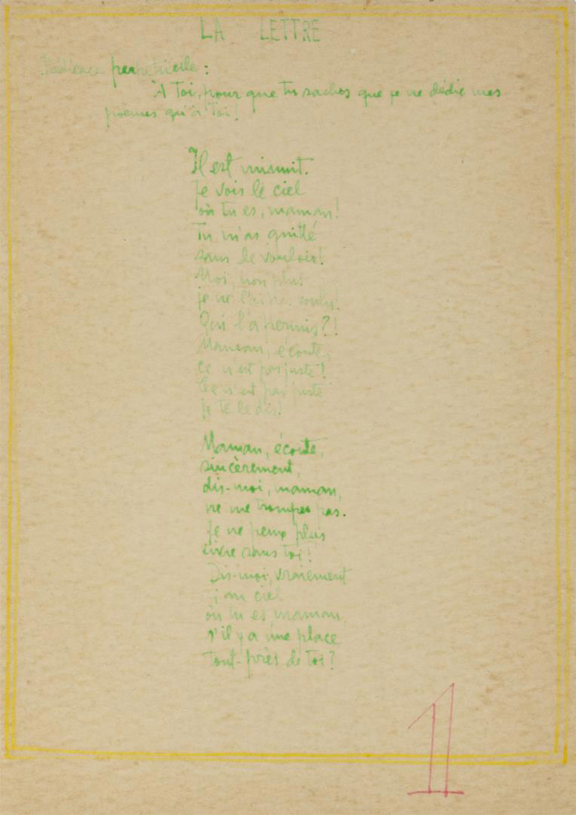
LA LETTRE
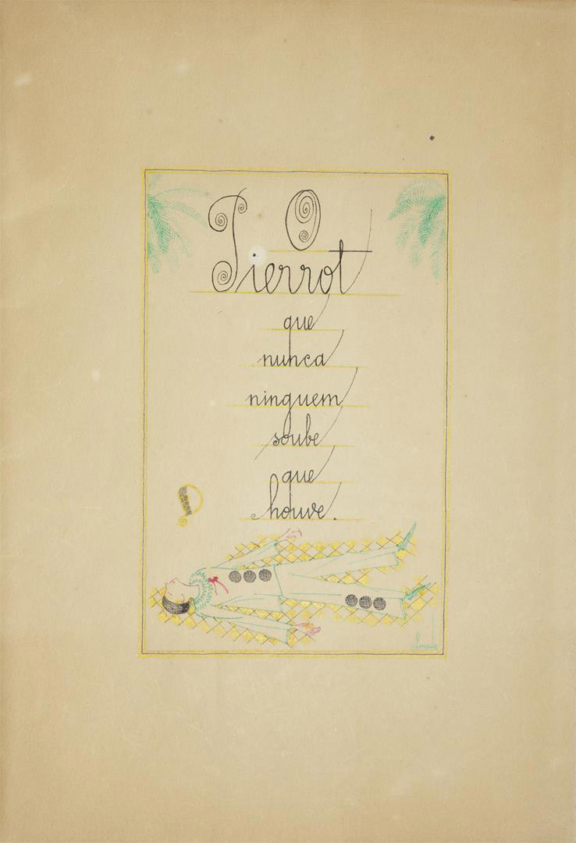
O Pierrot que nunca ninguém soube que houve

Study for the panel «Começar»
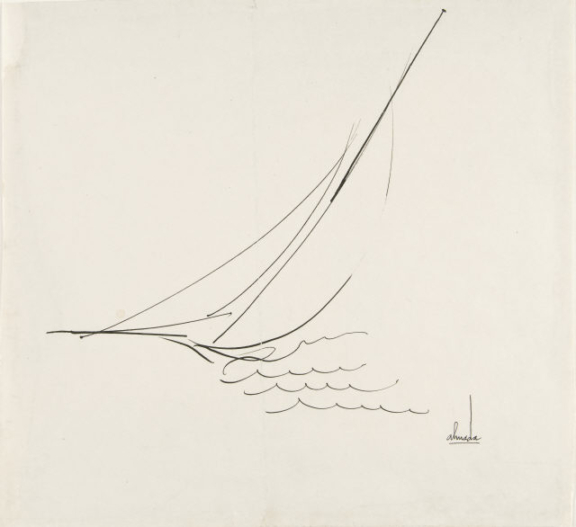
S/ Título
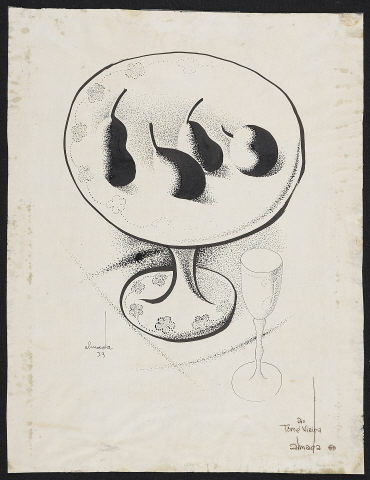
s/título

Parva (em latim) nº 2 [Parva (in Latin) no. 2]
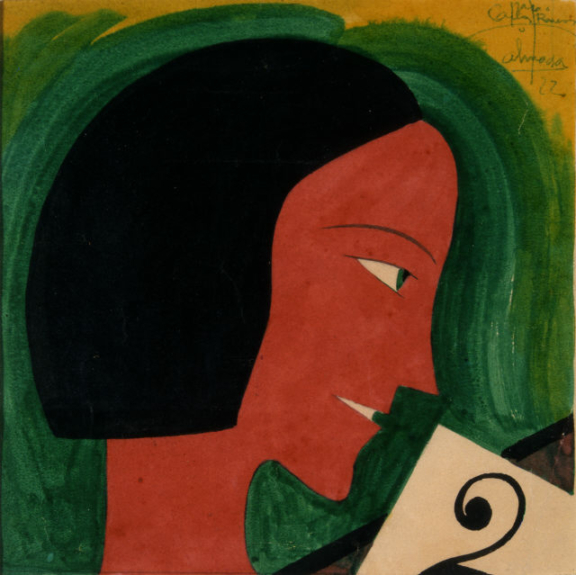
s/titulo
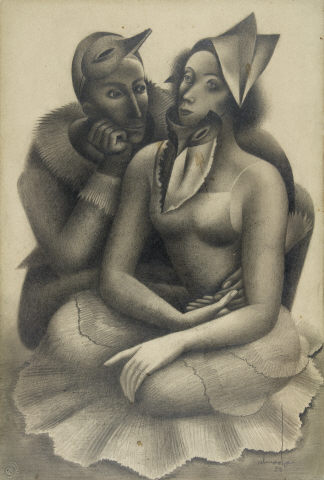
s/título
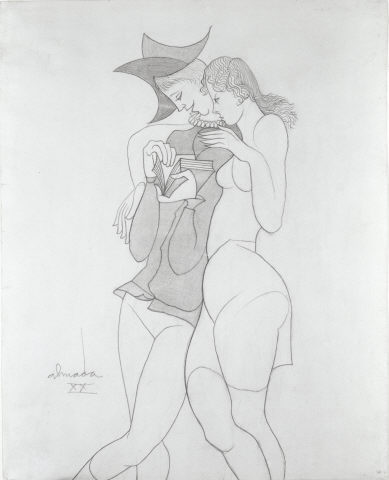
s/título
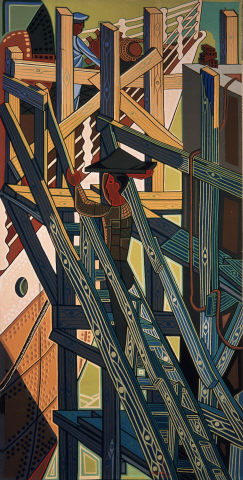
Partida de emigrantes
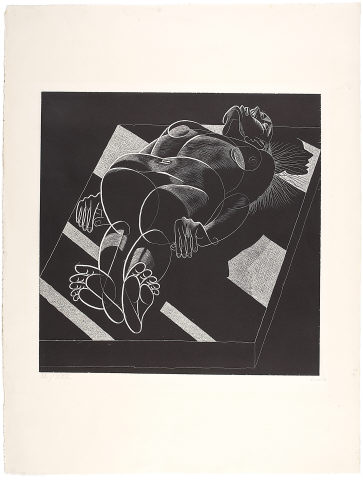
Colosso adormecido
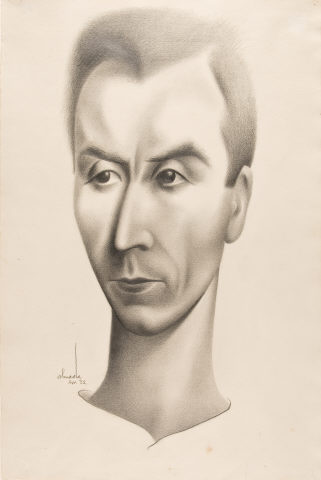
Retrato de António Navarro
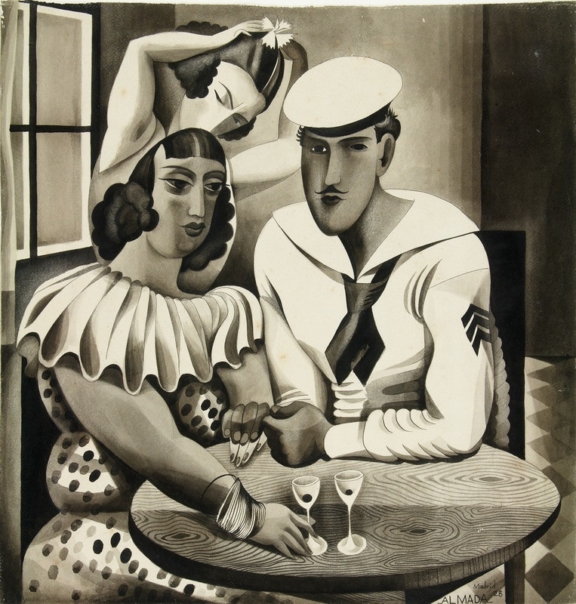
s/título
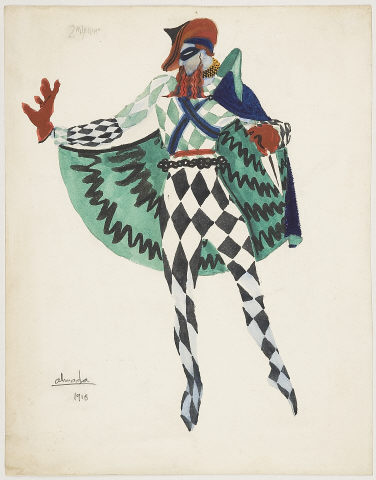
untitled
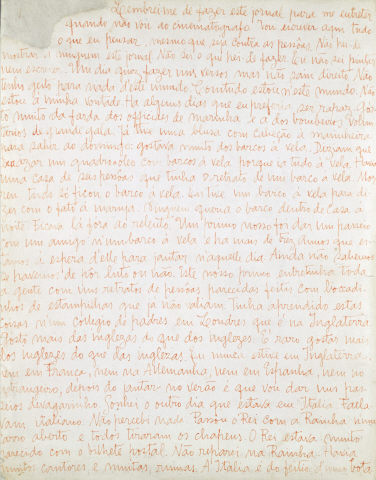
Parva (em latim) nº 1 [Parva (in Latin) no. 1]
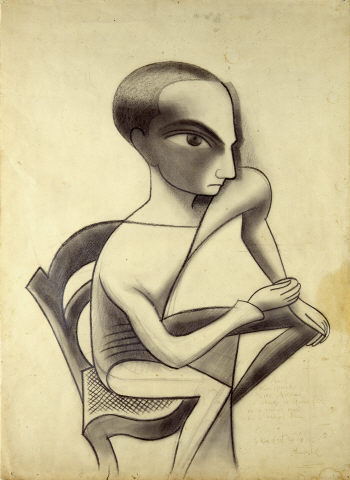
Auto – Retrato

s/título

Partida de emigrantes
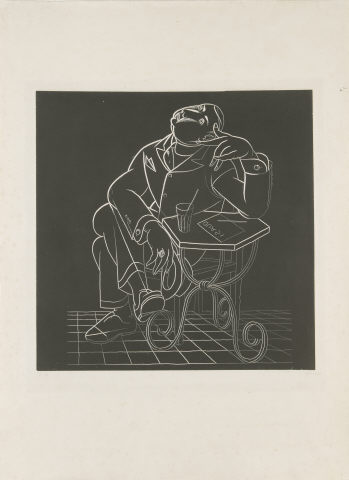
Retrato de Mário Sá Carneiro
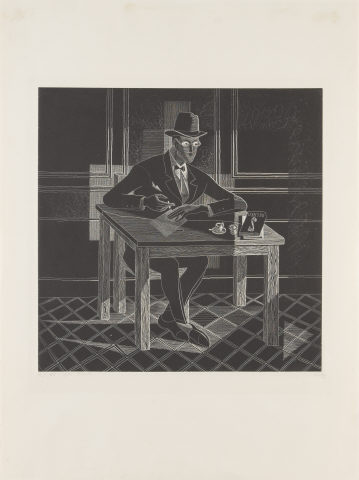
Orpheu
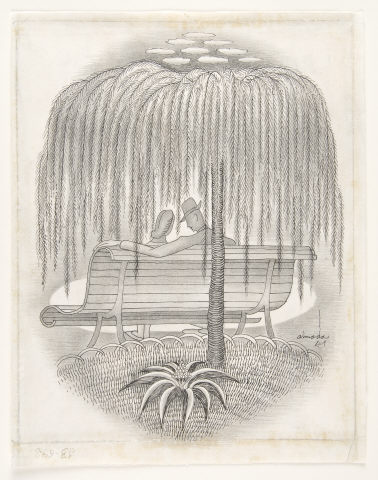
s/título
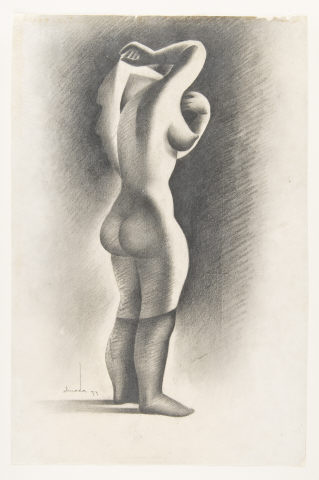
s/título
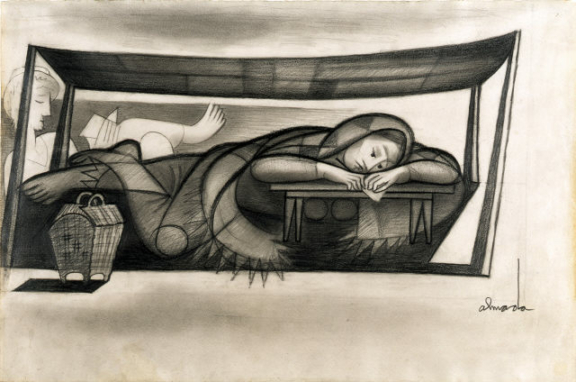
s/título

untitled

Partida de emigrantes
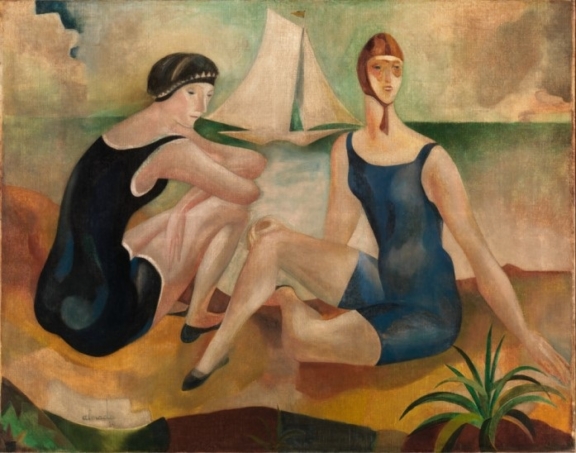
As banhistas (Pintura decorativa – Café “A Brasileira” do Chiado) [The bathers (Decorative painting – “Brasileira” Café in Chiado)]

Tema mitológico
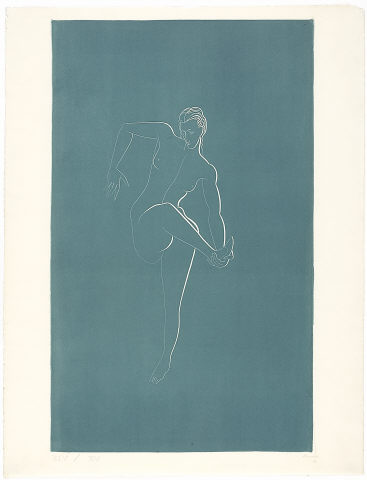
O Sapato
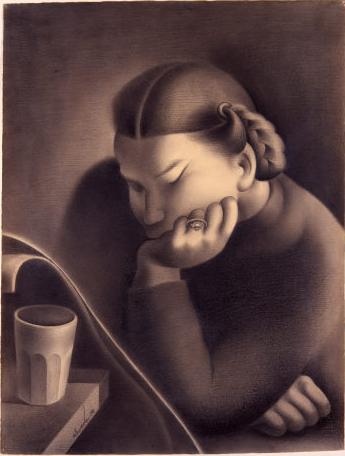
Retrato de Sarah Affonso
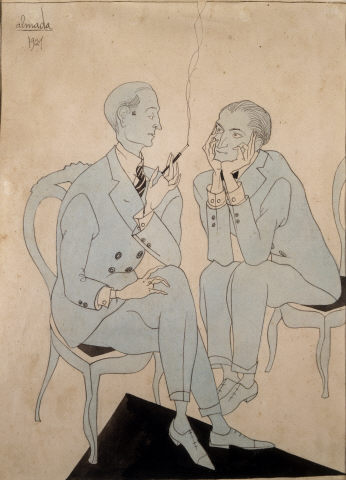
Um homem casado

untitled
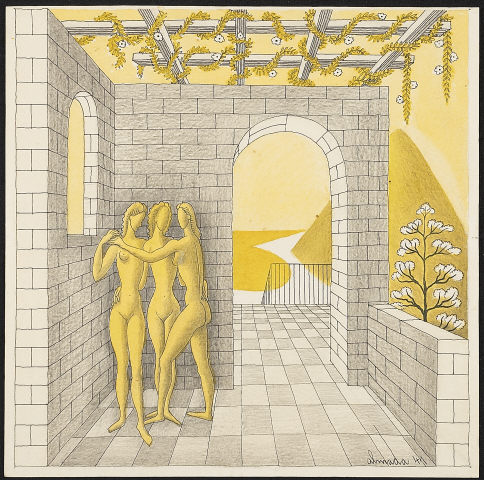
s/título
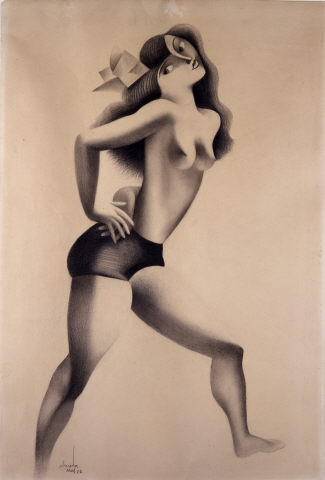
s/título
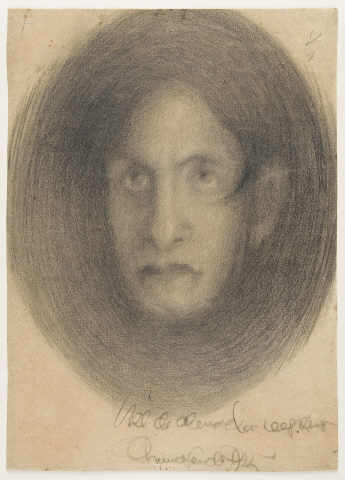
Retrato de Gonçalo de Mello Breyner
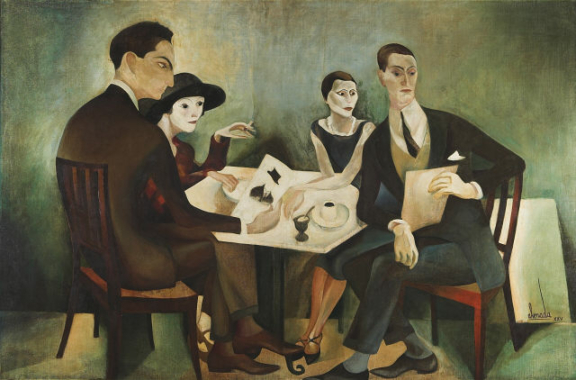
[Auto-Retrato num grupo] (Pintura para o café ” A Brasileira” do Chiado, Lisboa)
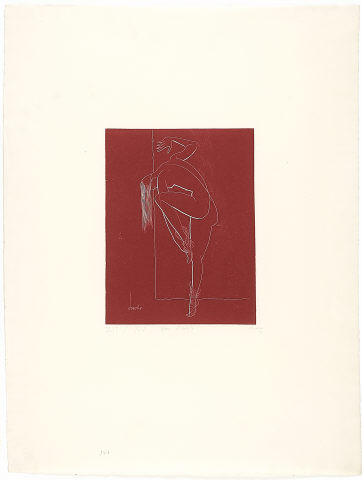
A meia
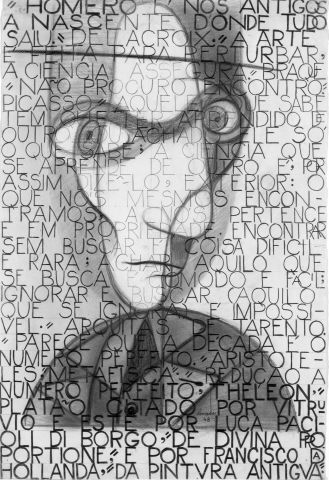
Auto-Retrato
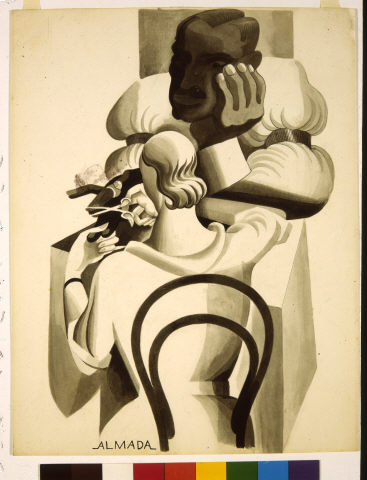
s/título (Manicure)

untitled
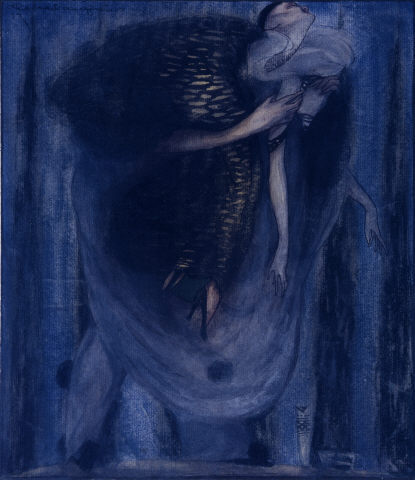
s/título
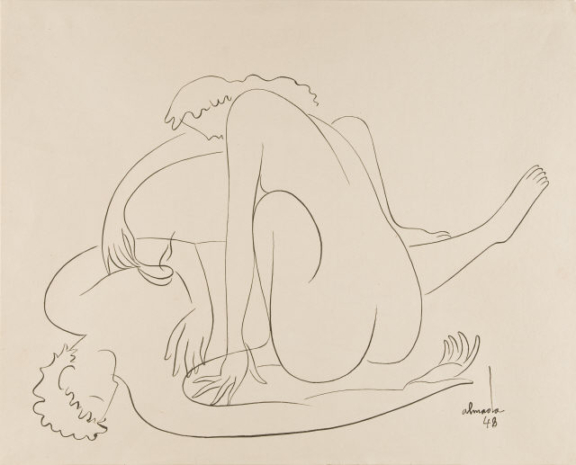
s/título
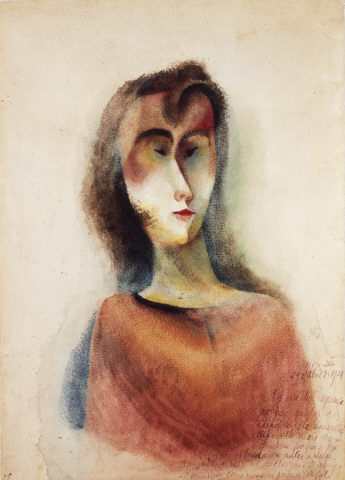
s/título
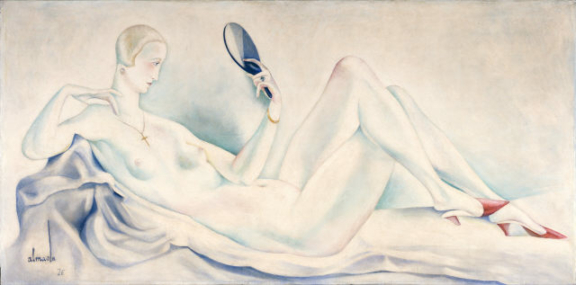
Nu (Pintura para o Bristol Club) [Nude (Painting for the Bristol Club)]
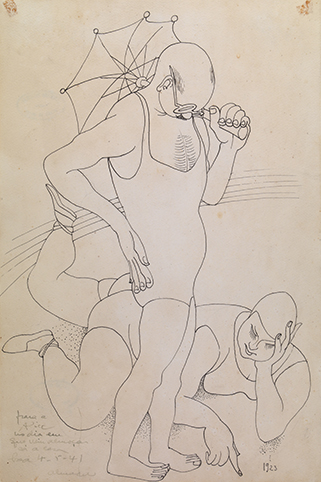
s/título
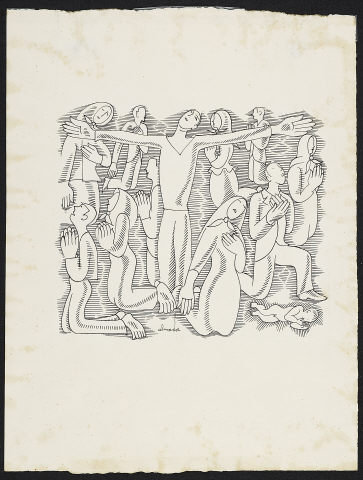
untitled
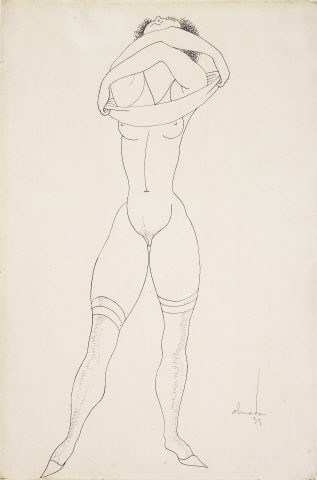
s/título

s/título
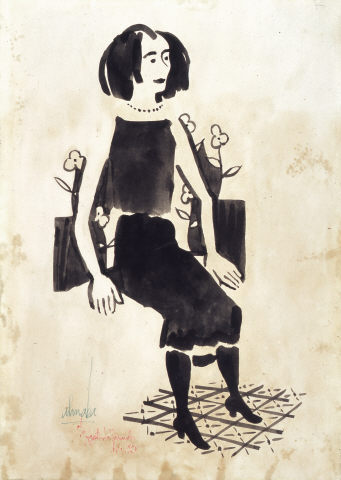
s/título
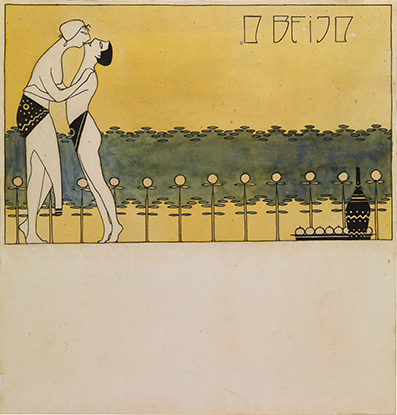
O Beijo
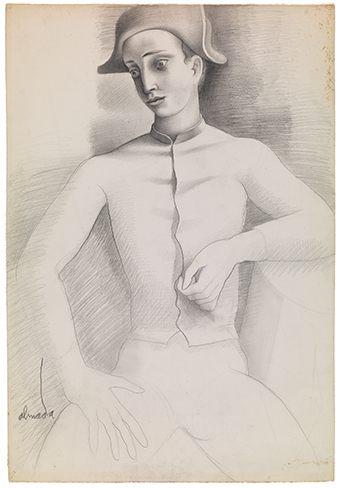
s/título
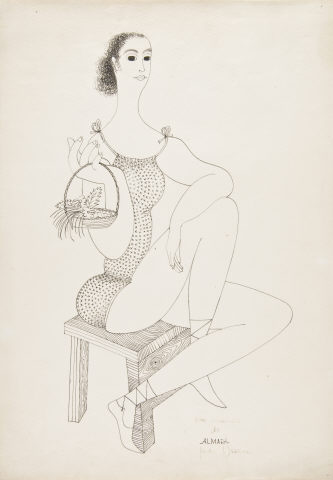
s/título

s/título
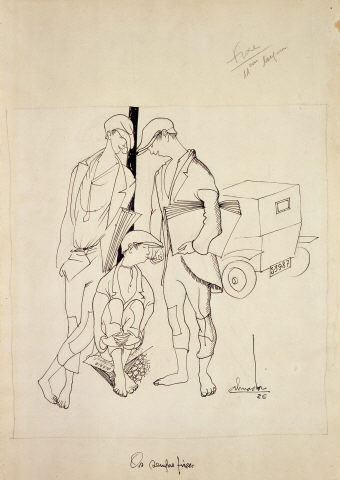
“Os sempre fixes”
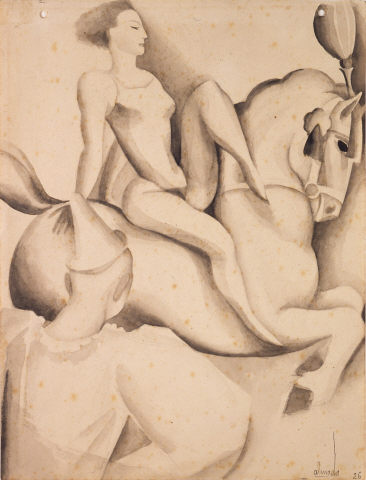
s/título

Retrato de Fernando Pessoa [Portrait of Fernando Pessoa]
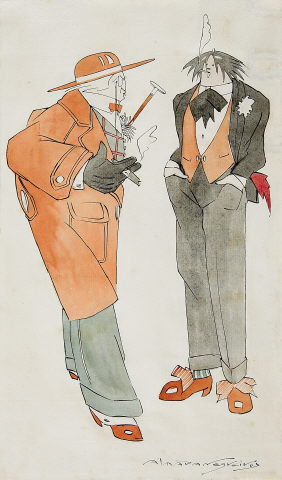
s/título

s/título
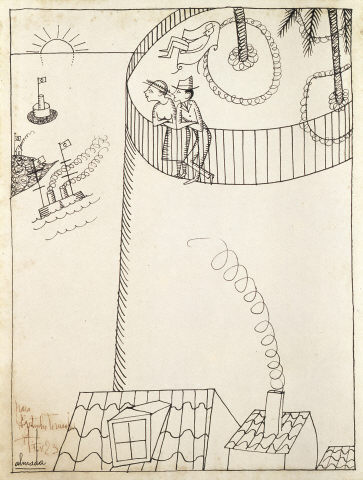
s/título
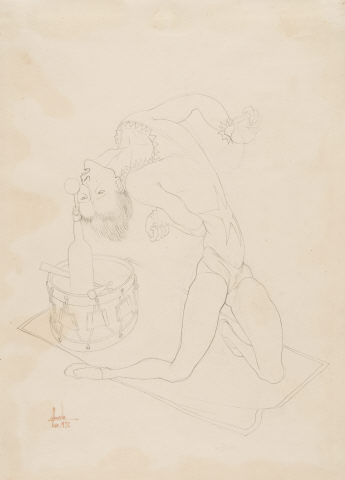
s/título

Porta da Harmonia [Door of Harmony]
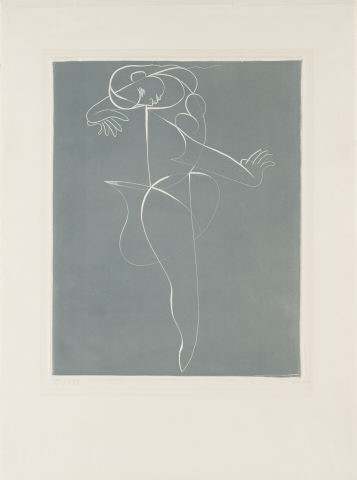
Silhueta sobre fundo azul
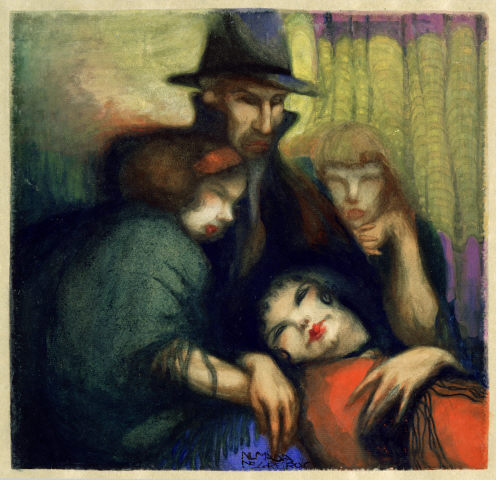
s/título
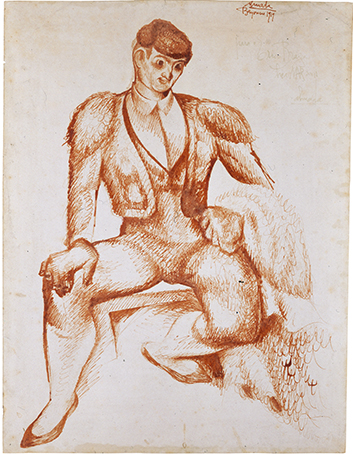
s/título
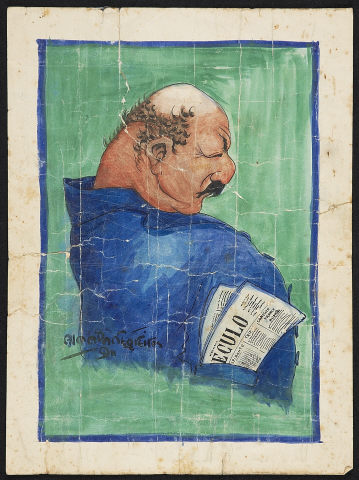
S/ Título

untitled
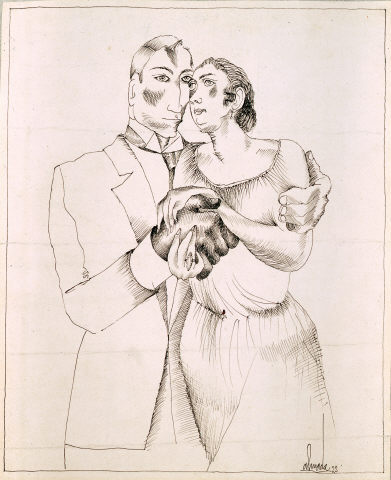
s/título
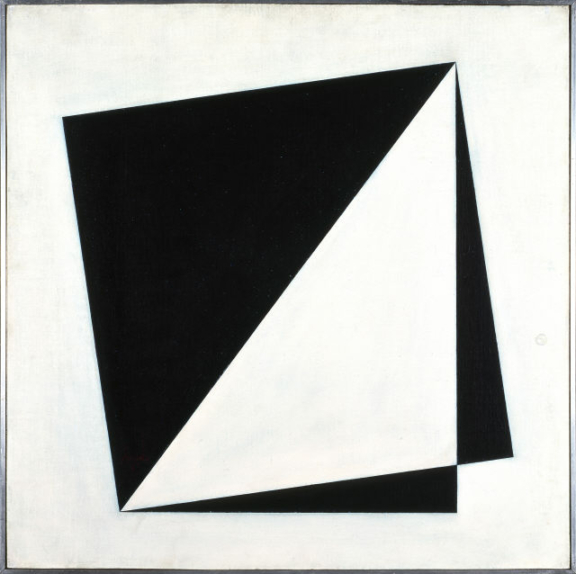
O Ponto de Bauhütte [The Bauhütte Point]

Silhueta sobre fundo fambroesa

Five o’clock tea
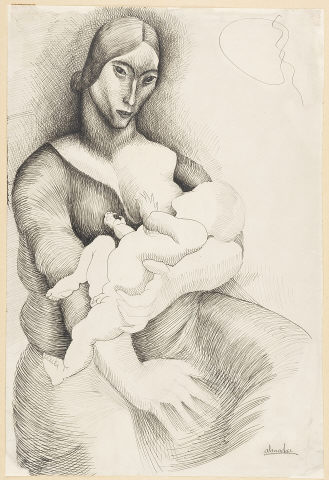
s/título
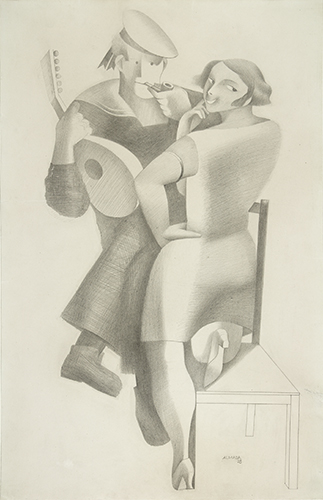
s/título
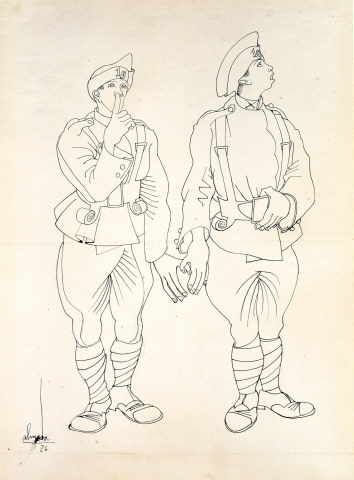
s/título

untitled
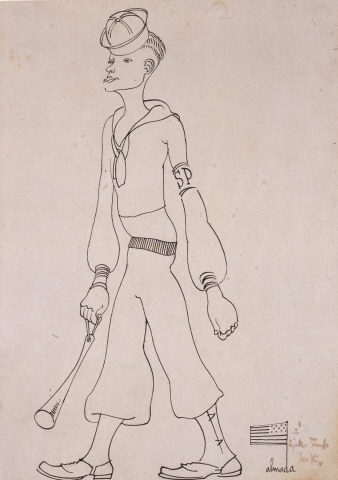
untitled
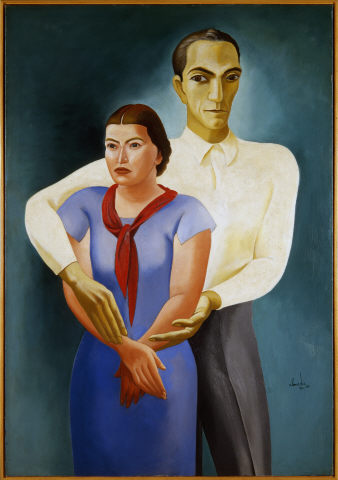
Duplo retrato
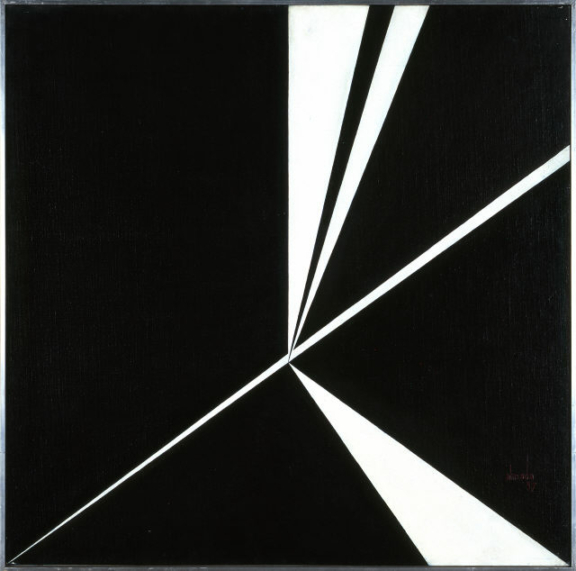
Quadrante I [Quadrant I]

Silhueta sobre fundo vermelho
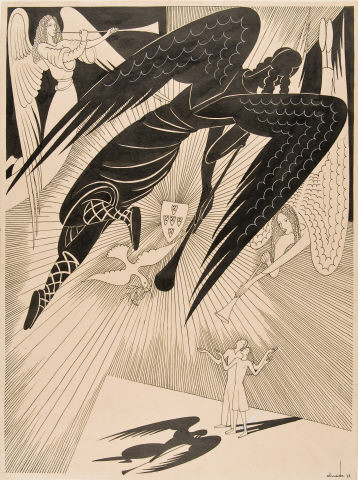
s/título
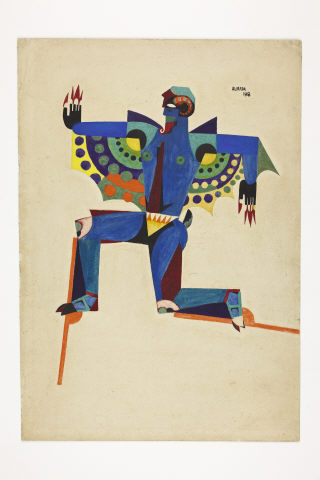
Figurino para o bailado A Princesa dos Sapatos de Ferro
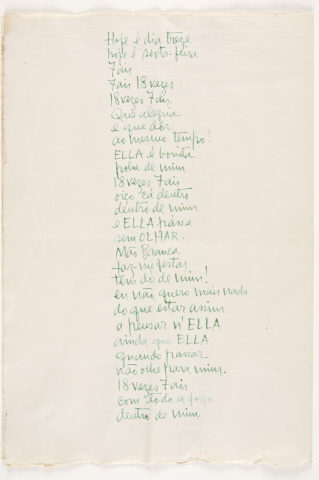
Lálásissima!
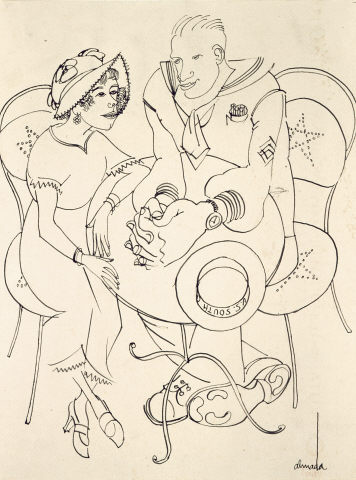
s/título
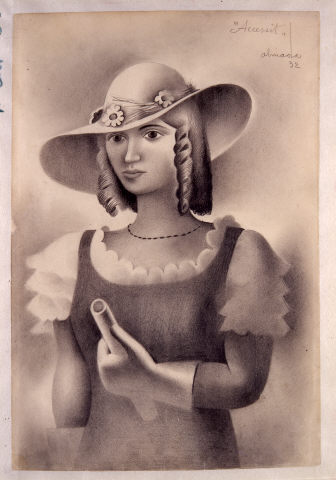
s/título
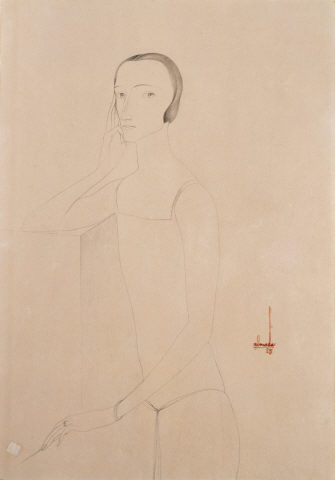
s/título
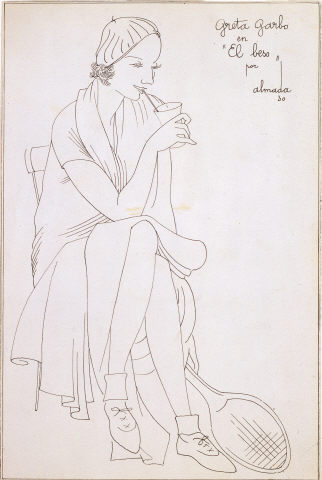
Greta Garbo en “El beso” [Greta Garbo in ‘The Kiss’]
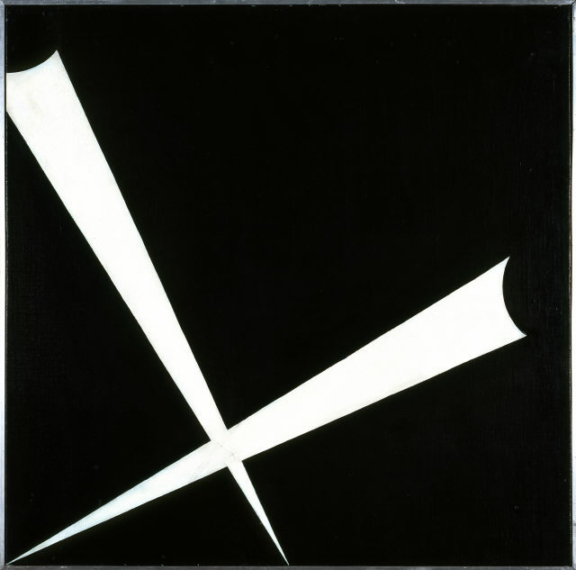
Relação 9/10 [9/10 Relation]
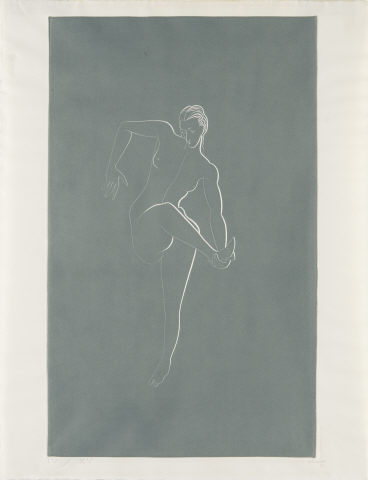
Silhueta de personagem sobre fundo azul
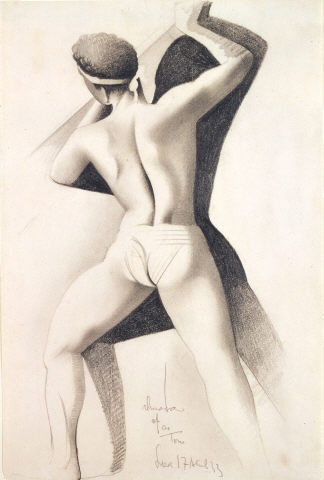
s/título
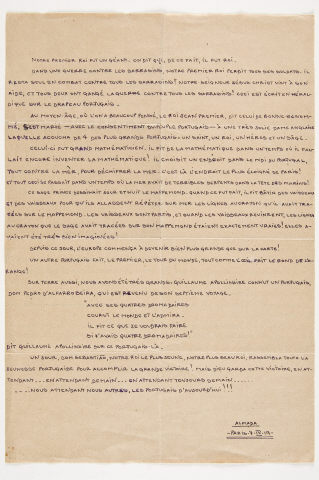
Histoire du Portugal, par coeur
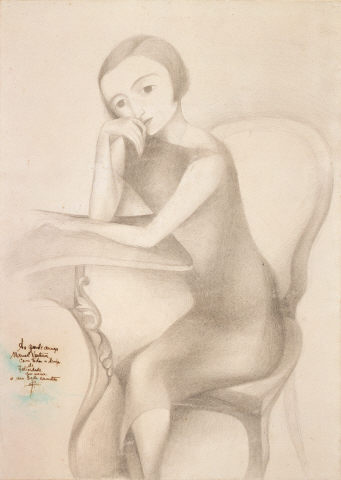
s/título
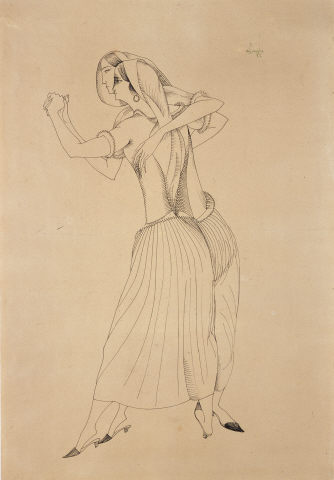
Rondel do Alentejo
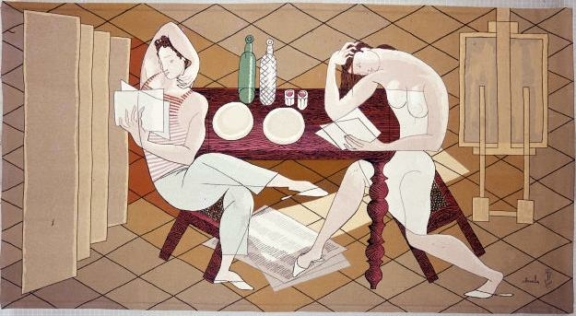
Artista e Modelo
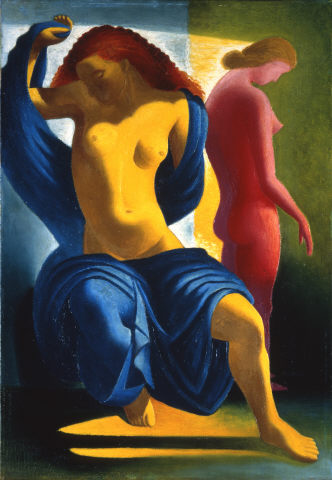
Homenagem a Luca Signorelli [Tribute to Luca Signorelli]

s/título
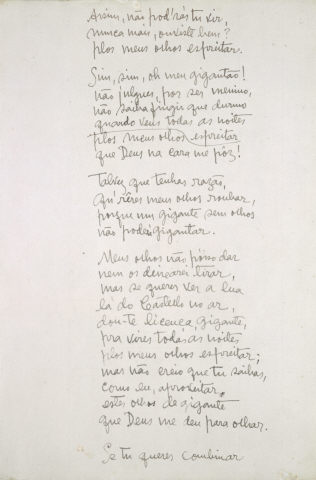
O Menino d’ Olhos de Gigante [The Boy with the Giant’s Eyes]
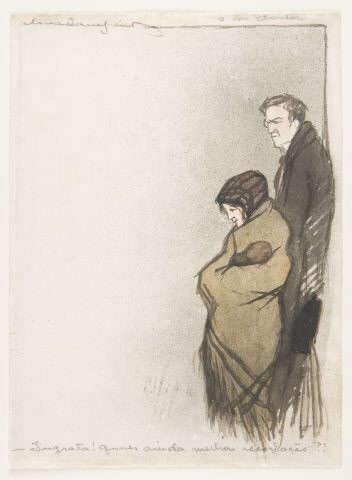
s/título
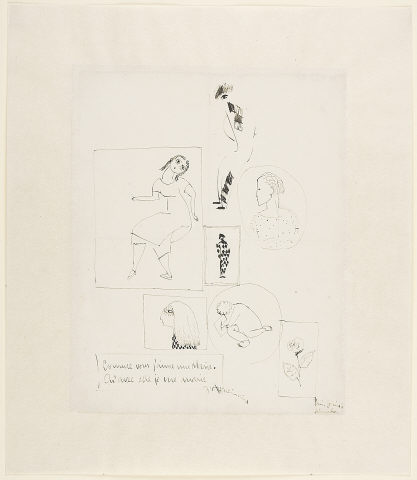
Comme vous j’aime une Marie qu’avec elle je me marie
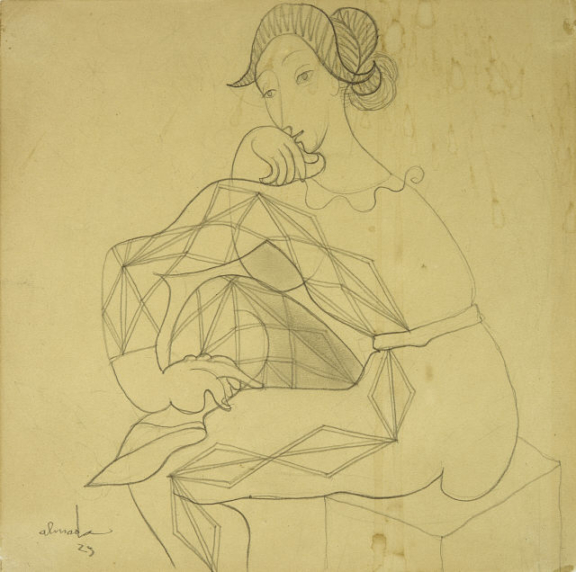
s/título
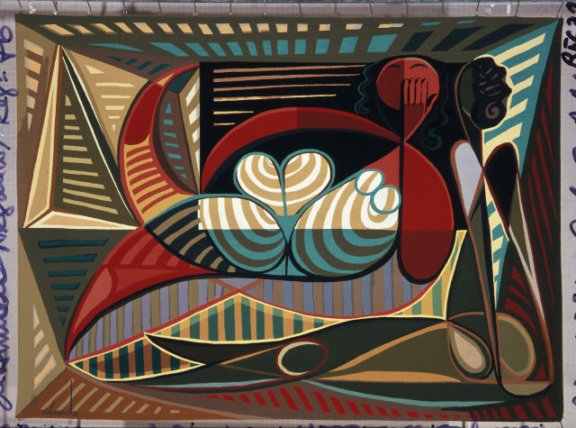
Integração racial
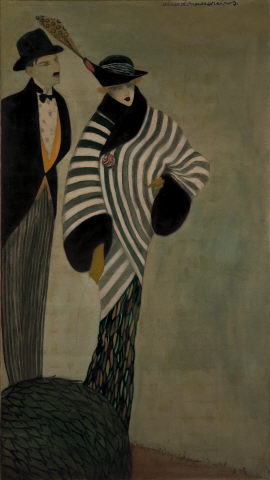
s/título (Pintura decorativa – Alfaiataria Cunha)
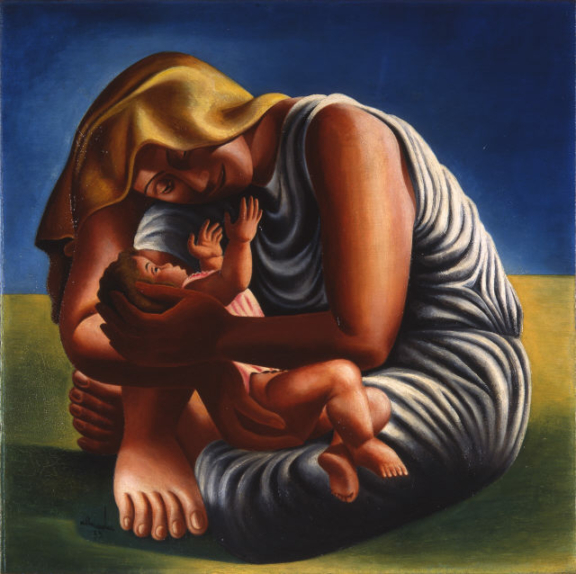
Maternidade [Maternity]
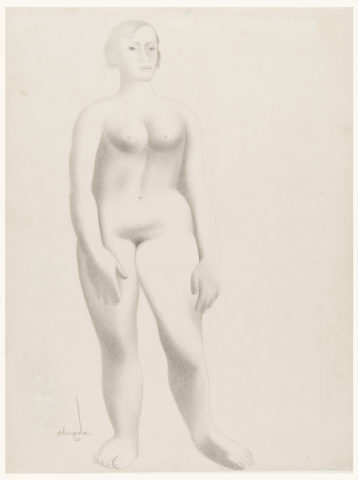
s/título
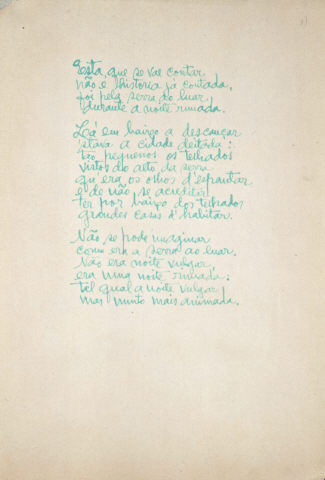
A Noite Rimada [The Rhymed Night]
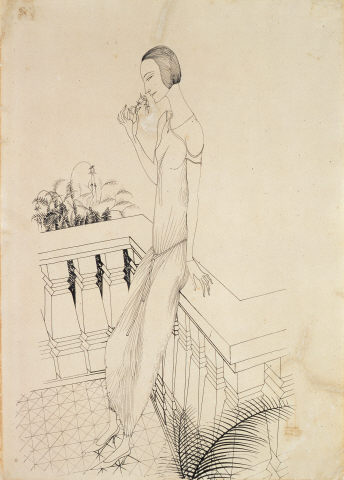
s/título
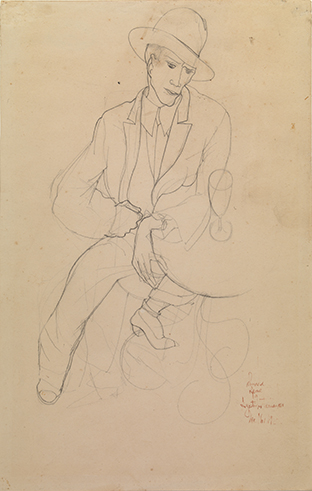
Retrato de Agostinho Fernandes
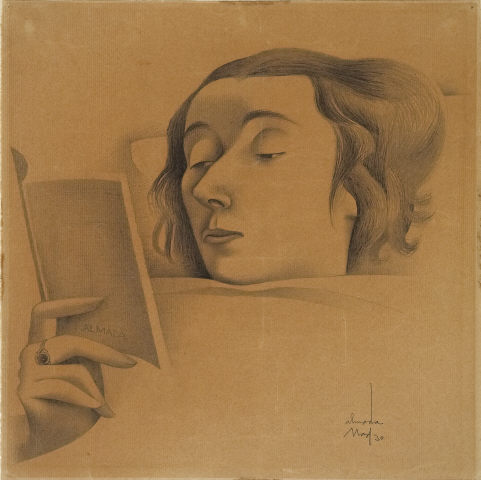
s/título
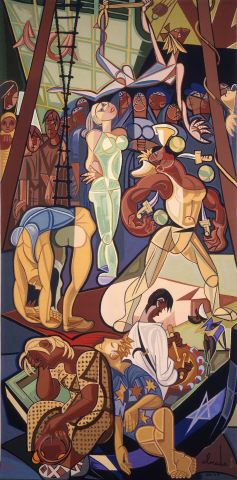
Domingo lisboeta
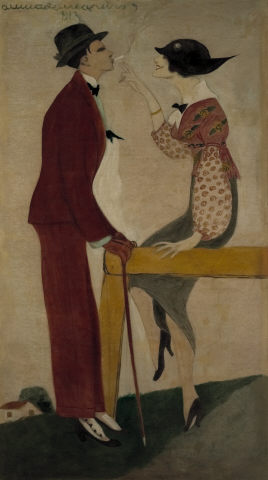
s/título (Pintura decorativa – Alfaiataria Cunha)
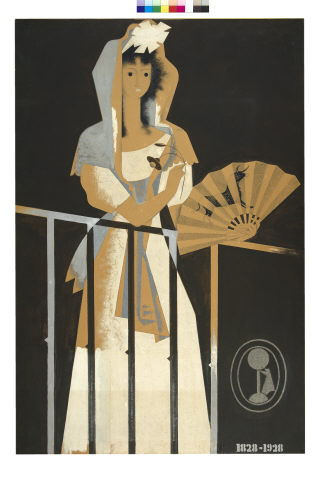
Espanhola
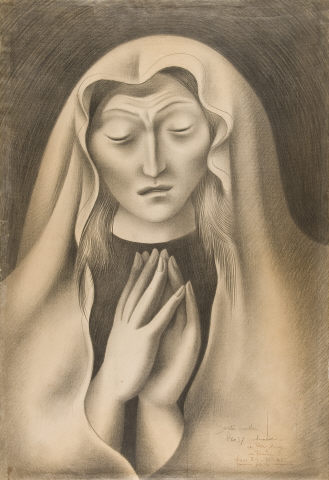
Santa Mulher

s/título

Parva 5
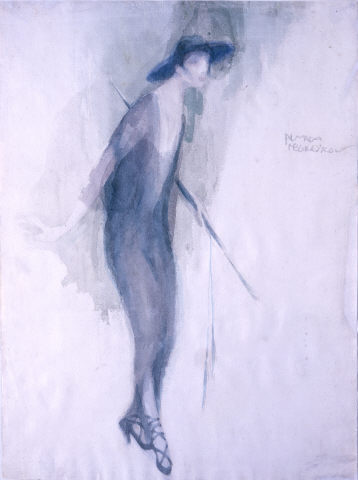
s/título
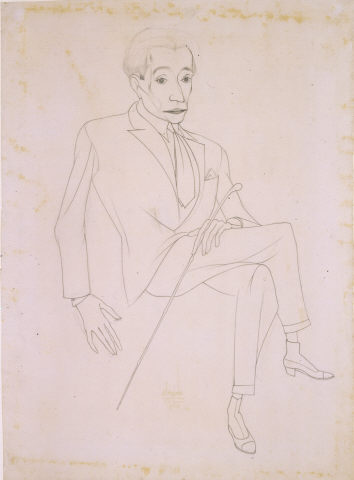
Retrato de José Pacheco [Portrait of José Pacheco]

Domingo lisboeta

Silhueta de três personagens sobre fundo bronze
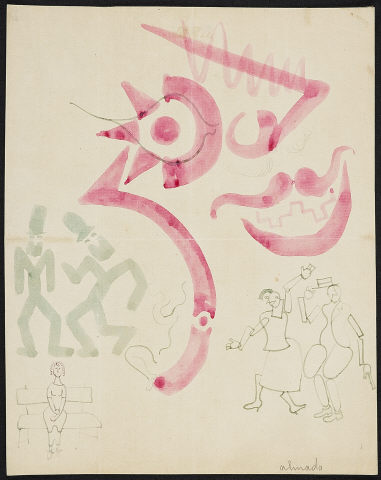
untitled
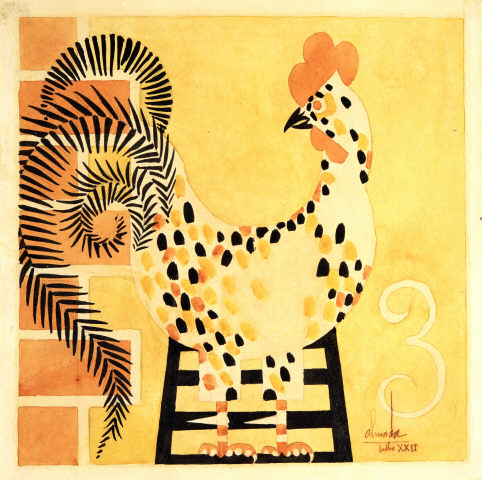
s/título
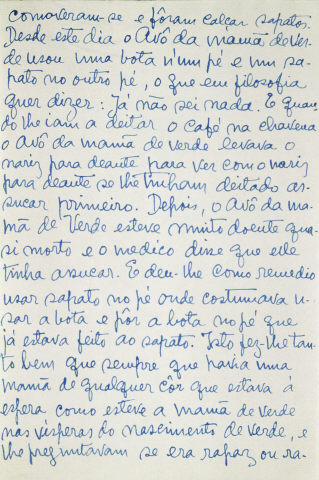
Parva IV
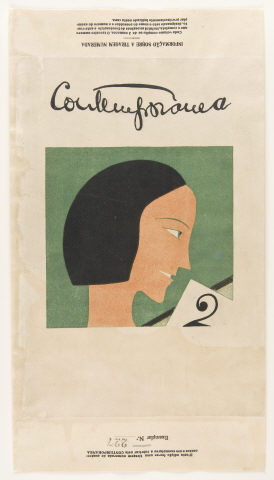
s/título
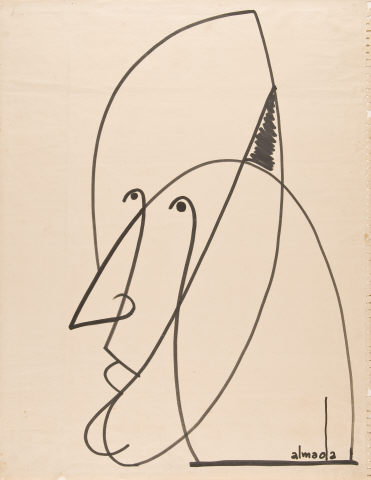
Retrato de Manuel Lima
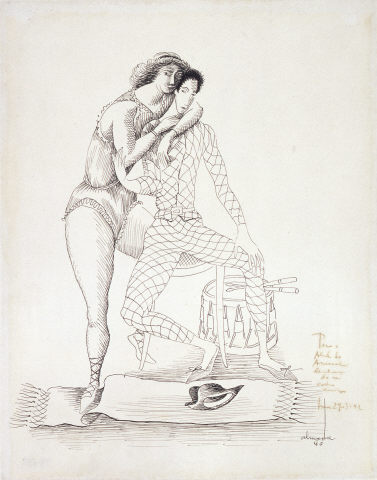
s/título
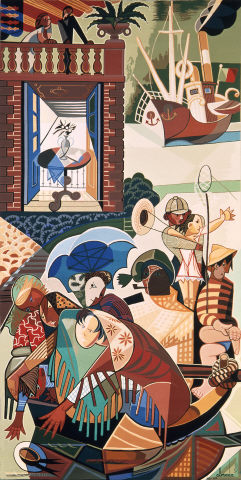
Domingo lisboeta

Par enlaçado sobre fundo alaranjado